Alaska Airlines stopped ALL flights across its network after two of its 737s had tail strikes on departure – and it quickly found out why.
In the past few weeks, a number of aviation incidents have brought new attention to aviation safety. But for the most part, aviation incidents are too minor and unremarkable, for most of the public to notice. In many cases, a tail strike on takeoff would be such an unremarkable event – although it can become a costly affair, and can certainly have serious safety implications if it goes unnoticed.
What made these two Alaska Airlines tail strikes so unusual is that they happened about six minutes apart. These incidents took place on Thursday the 26th of January this year. They involved flights AS-801 and AS-887. Both of them departed from Alaska’s base at Seattle Tacoma International Airport (KSEA).
Alaska Airlines Tail Strikes – Some Similarities
Both flights should have gone to Hawaii: AS-801 to Kona International (PHKO) and AS-887 to Honolulu International (PHNL). The scheduled departure time for both flights was 8:20 AM (local time), but they ran about half an hour late. Alaska Airlines flight 801 lined up for departure first at 8:48 AM and had the first of two tail strikes.
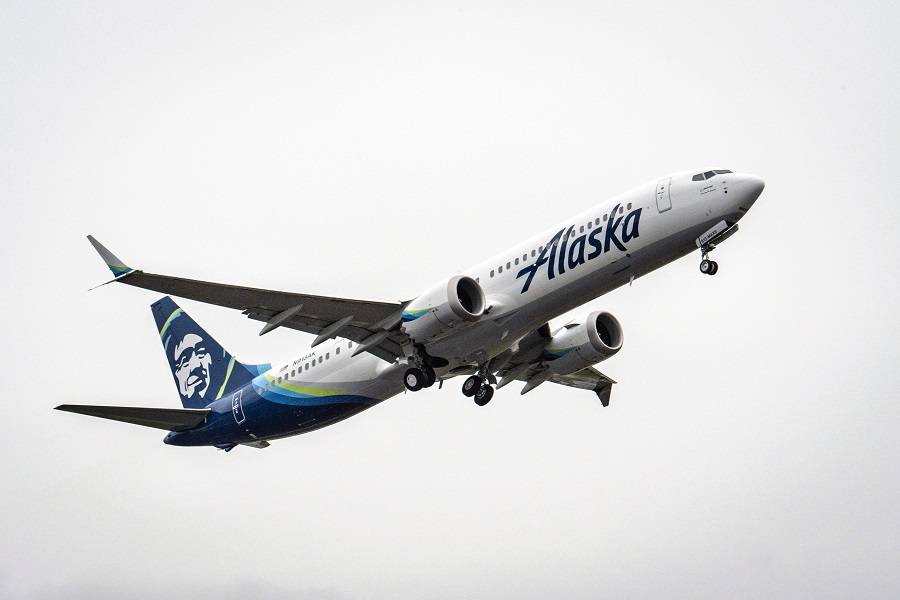
This aircraft was a 737-9, with registration N941AK. Alaska only took delivery of it last August. As the aircraft rotated for takeoff on runway 16L, its pilots felt a bump. They continued their departure but contacted their cabin crew, which confirmed hearing scratching noises from the back of the aircraft. The pilots stopped their climb and prepared to return to Seattle.
Meanwhile, an eight-and-a-half-year-old 737-900ER with registration N468AS also lined up with runway 16L, to depart for flight 887. Again, the pilots felt an impact and their cabin crew confirmed it. This crew stopped their climb quicker, landing 20 minutes after departing. The other Alaska Airlines aircraft landed around 40 minutes after the first of the two tail strikes.
After the Tail Strikes – Alaska Airlines Finds Software Bug
Dominic Gates at the Seattle Times explains how Alaska’s duty director of operations Bret Payton reacted to the two incidents. He immediately ordered a stop of ALL Alaska Airlines departures, to figure out how they could have had two tail strikes in such quick succession. And as it turned out, some of the airline’s staff already had an idea about what might have caused both events.
Like many other airlines, Alaska uses a software tool that helps pilots determine how much power should be used for takeoff. This software also helps calculate the correct speed for pilots to rotate for takeoff. Airliners typically don’t take off by using maximum power, to save wear on their engines.
Since the two Alaska Airlines flights that had these tail strikes were flying to Hawaii, they were relatively heavy, they would have required a relatively high power setting and higher speed for rotation. However, the data the related software gave to the pilots was wrong, leading to the two incidents. The numbers that the software gave would have been appropriate for aircraft with a weight lower by 20,000 pounds (9,071 kg).
Spotting the Wrong Data
And as it turned out, these two flights were NOT the only ones to depart with the wrong weight data. A faulty software update caused another 28 flights to depart with similarly wrong information. However, the weight discrepancy in most of those Alaska Airlines flights was lower than that of the two jets involved in the tail strikes.
Crucially, there were more flights after the software update, where the pilots saw the software’s erroneous figures and did NOT believe them. Checking the numbers manually revealed the error. And this is how Alaska Airlines’ crews were able to figure out the cause of the two incidents very quickly. The software error wasn’t happening consistently – only under certain circumstances.
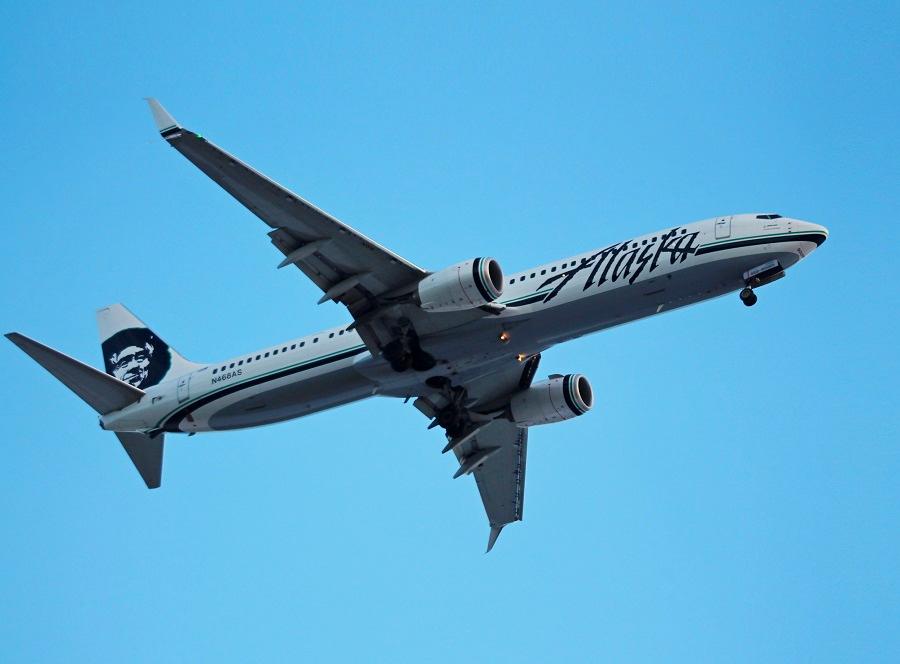
Alaska crews quickly found an alternate method to use the software, that produced reliable data. They permanently fixed the issue a few hours later. The airline had already notified the FAA of the events. In the end, the airline’s all-departures stop lasted just 22 minutes. Alaska Airlines and the FAA later determined that despite the wrong data, both 737s departed with enough safety margins in available runway length.
Fortunately for Alaska Airlines, neither of the two 737s was damaged irreparably after their tail strikes. The 737-9 actually performed flight AS-801 to Kona, with a delay of approximately 4 hours. The 737-900ER was a bit less lucky, remaining out of service for around a day and a half. Needless to say, there were no injuries.
Sources: Seattle Times, The Aviation Herald

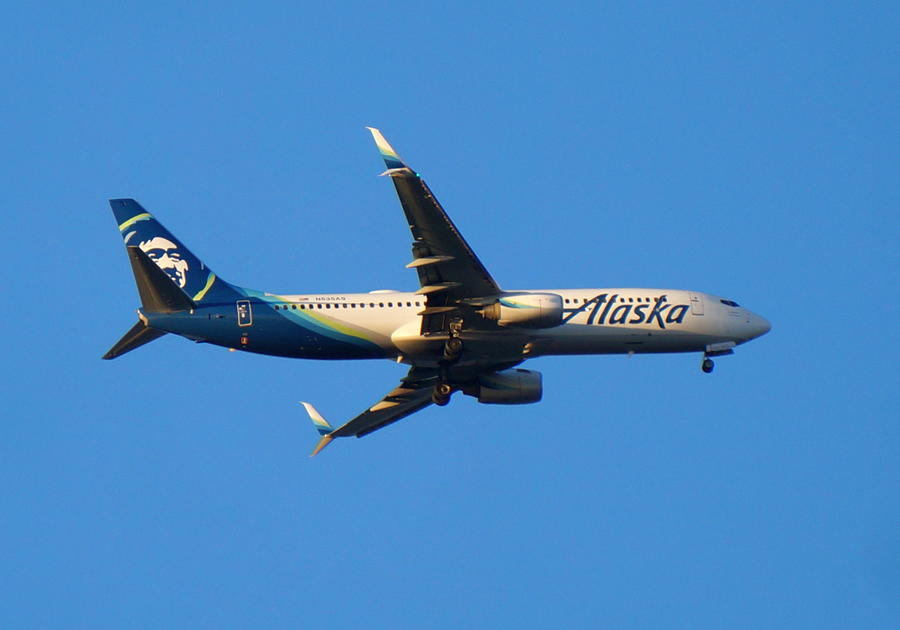
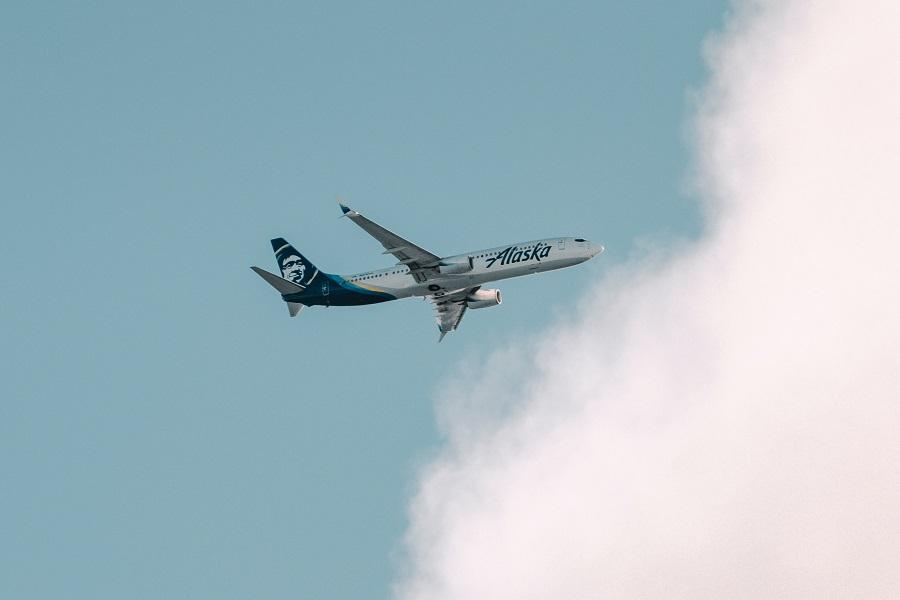
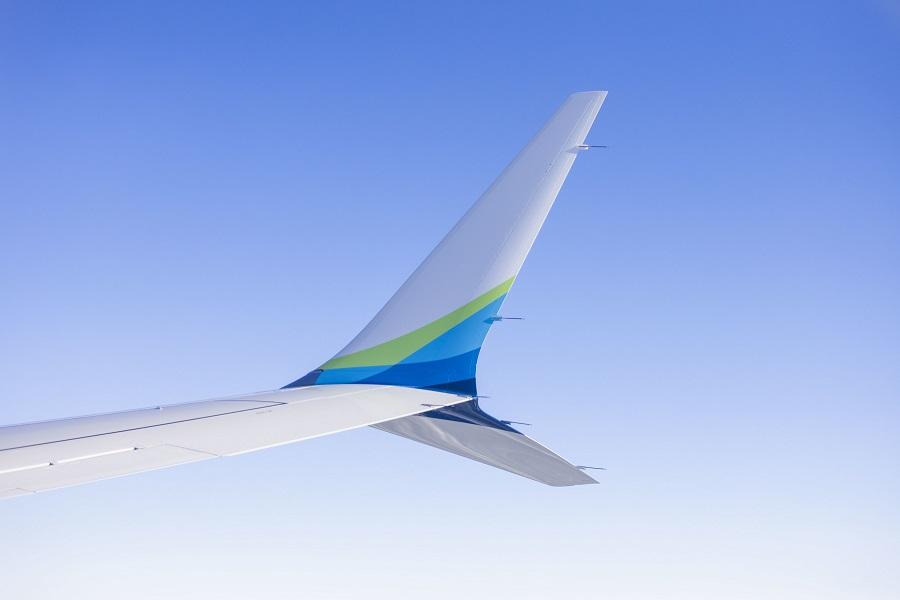
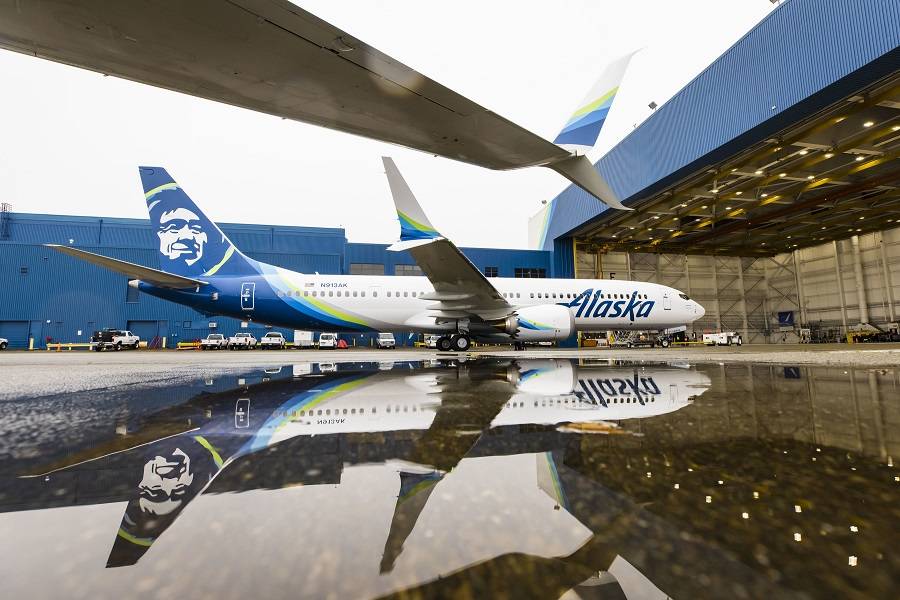


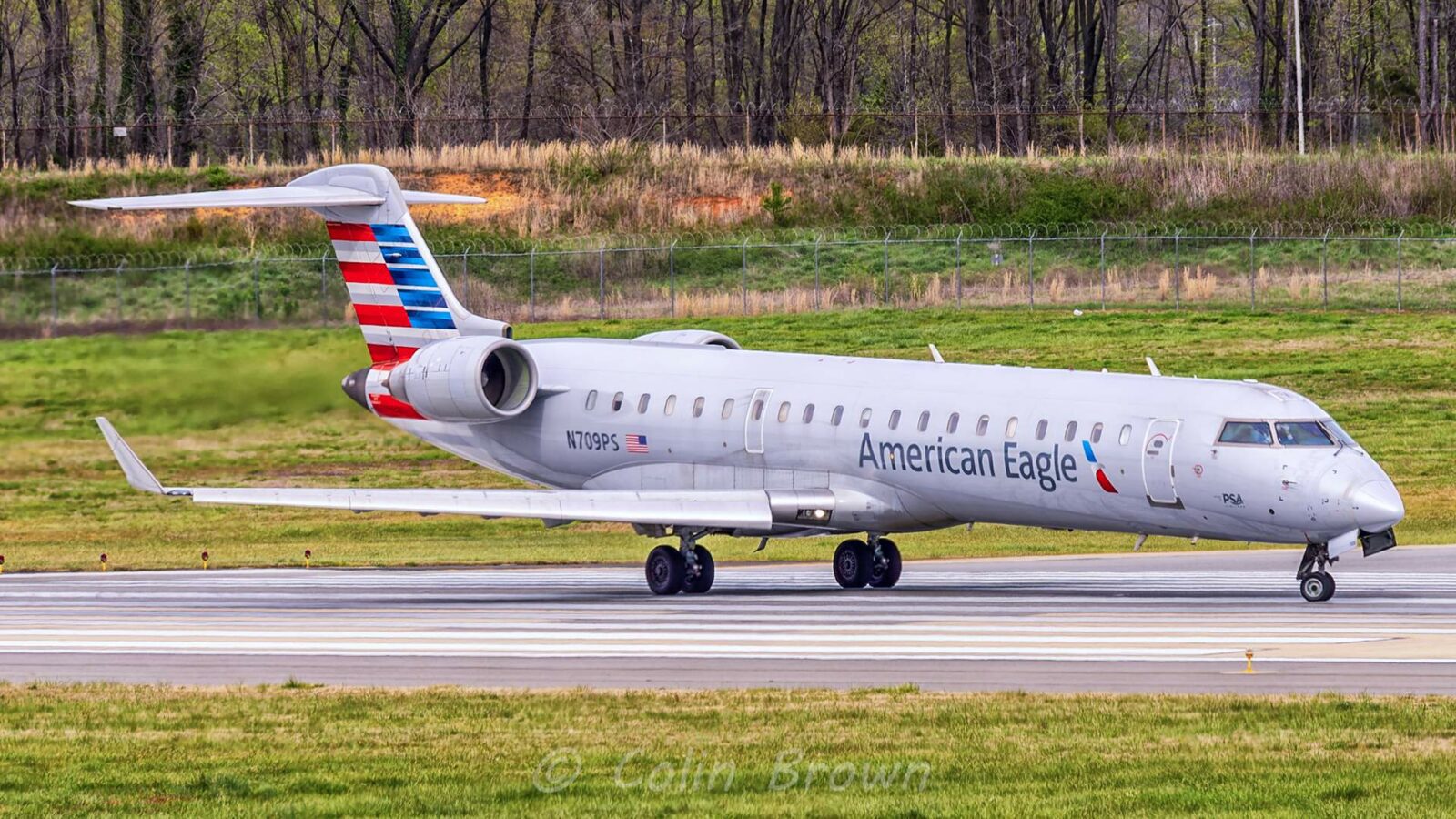
1 comment
ross
Would have been easy to try to brush it under the rug but they took safety seriously. I applaud Alaska Airlines for this.